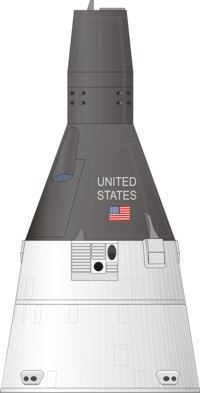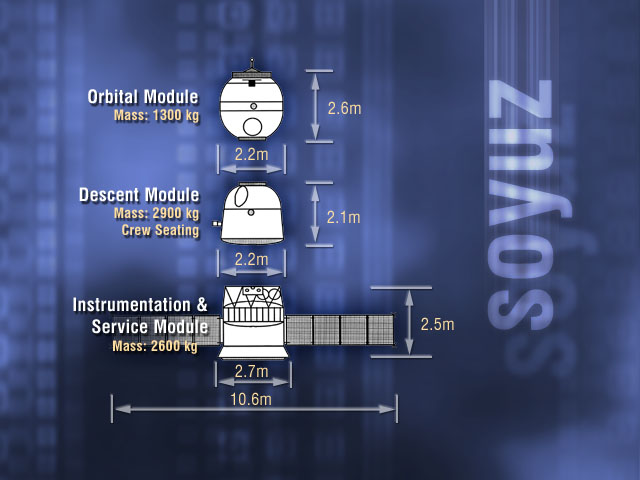India's space agency is planning to have a total of five rocket launches in 2013 from its rocket launch pad at Sriharikota in Andhra Pradesh, around 80 km from here. This will include a mission to Mars later this year.
Four of the launches are expected to happen between June and December, including the launch of communication satellite G-Sat 14 using heavier rocket – Geosynchronous Satellite Launch Vehicle (GSLV) – powered with a domestic cryogenic engine.
“Between June 10 and 15 we are planning to launch the first navigational satellite, Indian Regional Navigation Satellite System-R1A (IRNSS-R1A) and it will be followed by the launch of G-Sat 14 some time in July,” a senior official at Indian Space Research Organisation (ISRO) said, preferring anonymity.
According to officials, the assembling of two rockets is going on at a good pace at the rocket launch centre.
The Polar Satellite Launch Vehicle-XL (PSLV-XL) version that will carry the navigation satellite is being assembled at the first launch pad.
“The assembling of the first stage/engine and the strap on motors has been completed. The second stage is under preparation. The satellite is expected soon from the satellite centre in Bangalore,” officials said.
The IRNSS-R1A satellite will be the first of seven satellites to be launched into earth orbit to provide real-time position, navigation and time services to multiple users. The space agency plans to launch the second navigation satellite three months after in-orbit tests of the first one and the remaining five satellites over a 14-month period by 2014-15.
These two launches will be followed by the mission to Mars later this year. The launch of one more remote sensing satellite is also being planned before the end of this year.
In February this year India launched the Indo-French Saral satellite and six other small foreign satellites using the PSLV rocket.
India started putting into space third-party satellites for a fee in 1999 on its PSLV-C2 rocket. Since then India has been successful in launching medium-weight satellites for overseas agencies. Initially ISRO started carrying third-party satellites atop PSLV rockets as co-passengers of its own remote sensing/earth observation satellites.
In 2007 ISRO for the first time launched an Italian satellite – Agile – as a standalone for a fee.
India has earned a revenue of $17.17 million and euro 32.28 million by launching 35 foreign satellites till date, parliament was told recently by V. Narayanasamy, Minister of State in the Prime Minister’s Office.
“Some customers paid in dollars and some in euros and hence we are giving it separately,” an ISRO official said.
India to have 5 rocket launches, including Mars mission, in 2013 | idrw.org














